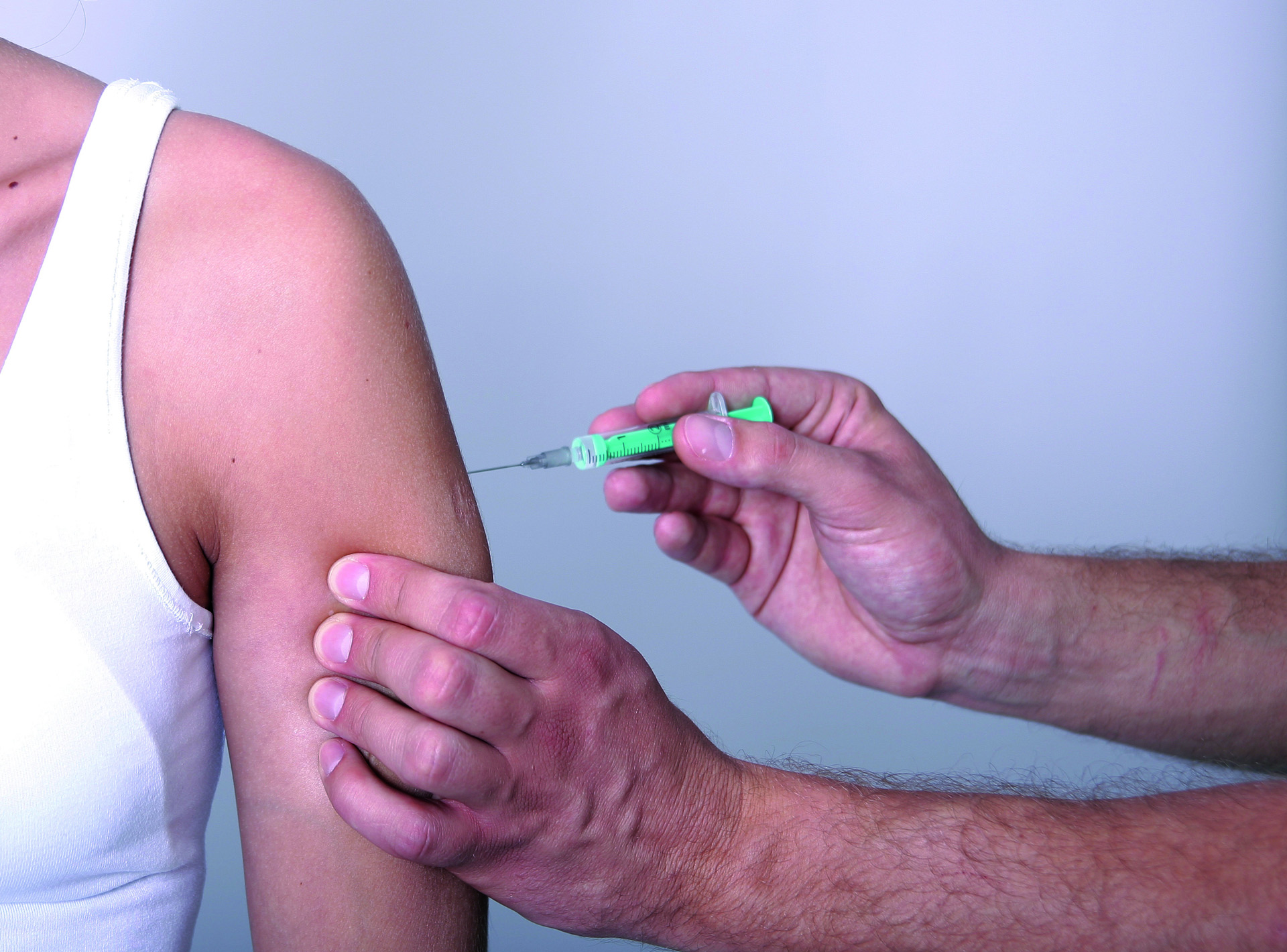 Recently there has been an increase in the number of vaccination errors, rising concern for patients, parents and GPs.
Recently there has been an increase in the number of vaccination errors, rising concern for patients, parents and GPs.
Vaccines are estimated to save more than three million lives every year around the world through the prevention of disease. But, like any medications, errors can occur, and for GPs, it is crucial to be informed about what are these errors and how to prevent them.
Recently, MDA National reported an increase in the number of calls and formal complaints involving vaccination errors. Some common errors reported include:
- Failure to store vaccines properly. This can result in the need to call back patients to repeat the vaccination, creating concern and distrust.
- Administration of the incorrect vaccine
- Administration of the incorrect dosage
- Poor communication with the patients or parents. This can lead to unnecessary anxiety and mistrust
- Failure to document or inaccurate documentation of vaccines data
Minimising errors
What can you do to minimise the chance of making vaccination errors? According to MDA National, the key is to focus on the different steps, such as preparation, administration, and post-vaccination.
When preparing to give a vaccine, a medical practitioner should ensure to:
- Check patient details – this involves using three points of ID, especially DOB for children to ensure the correct age and schedule; use correct patient file and check previous immunisation history.
- Perform a pre-vaccination assessment – for example, it is critical for the GP to confirm that no contra-indications are in place.
- Ensure you are following the state-specific national immunisation schedule.
- Child vaccinations – GPs should review the child’s official health record with the parent or guardian and explain which immunisations are due, and walk parents through the clinic’s protocol.
- Obtain informed consent – this involves discussing the risks and benefits, limitations of the vaccine, side effects, and allow for the patient to ask questions.
- Double check vaccines – whenever possible, have a second clinician check the details of the vaccine about to be applied, such as expiration date.
- Follow protocol – patient notice when doctors don’t wash their hands!
When administering a vaccine, a practitioner should remember that the injection site depends on the age of the patient.
After the vaccination, patients should be provided with a common reactions sheet, record all relevant information, such as batch numbers and the site of the vaccine administration, inform patients about any future vaccines needed and add a reminder to your own system. Finally, be sure to monitor your patient for at least 15 minutes after vaccination, to check for any adverse reactions.
All GPs are responsible for the safe delivery of vaccine to patients. Some key points to keep in mind include:
- Ensure vaccine protocols are up to date and appropriate.
- Nurses should have completed appropriate courses and annual updates.
- All clinical staff must have appropriate professional indemnity insurance.
- Vaccines must be stored appropriately, with clear labelling, temperature log, and other details.
For more information
National Immunisation Program Schedule
State and territory immunisation contacts
National Vaccine Storage Guidelines
Fact sheets, FAQs and other resources
Enhancing data quality of vaccination encounter records: tips and tricks
Content for this article was sourced from MDA National. See original article here.

